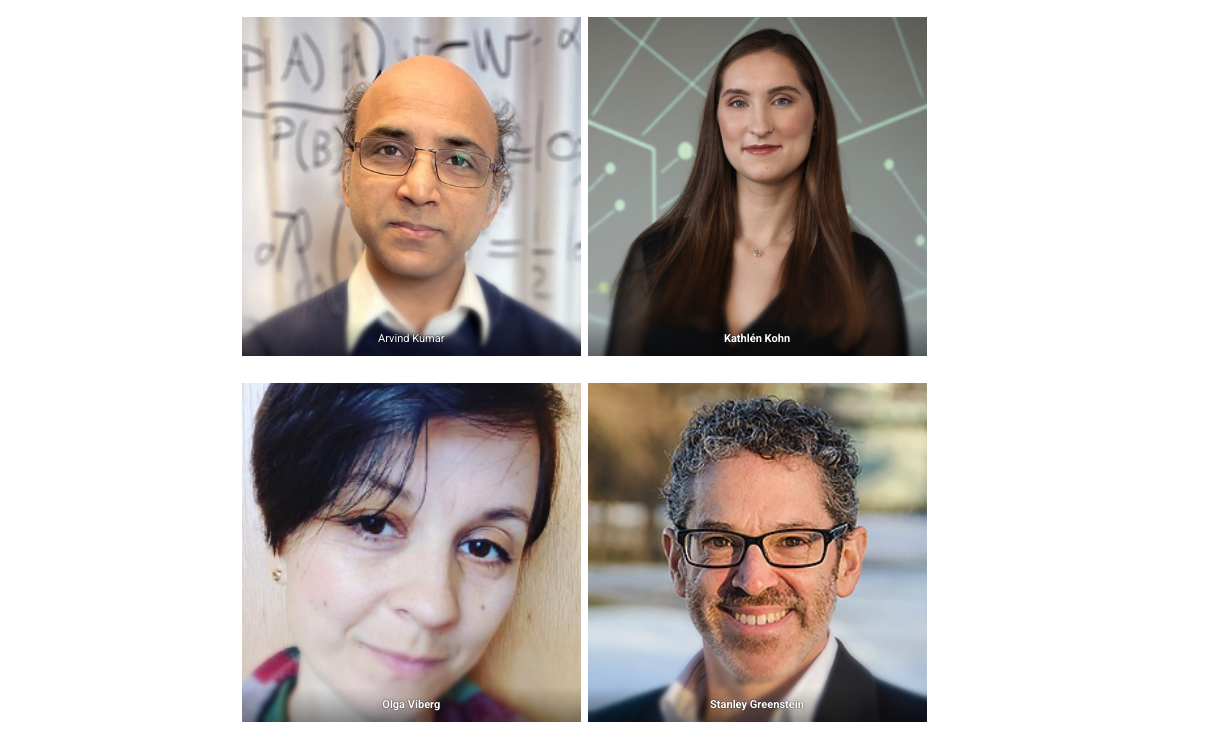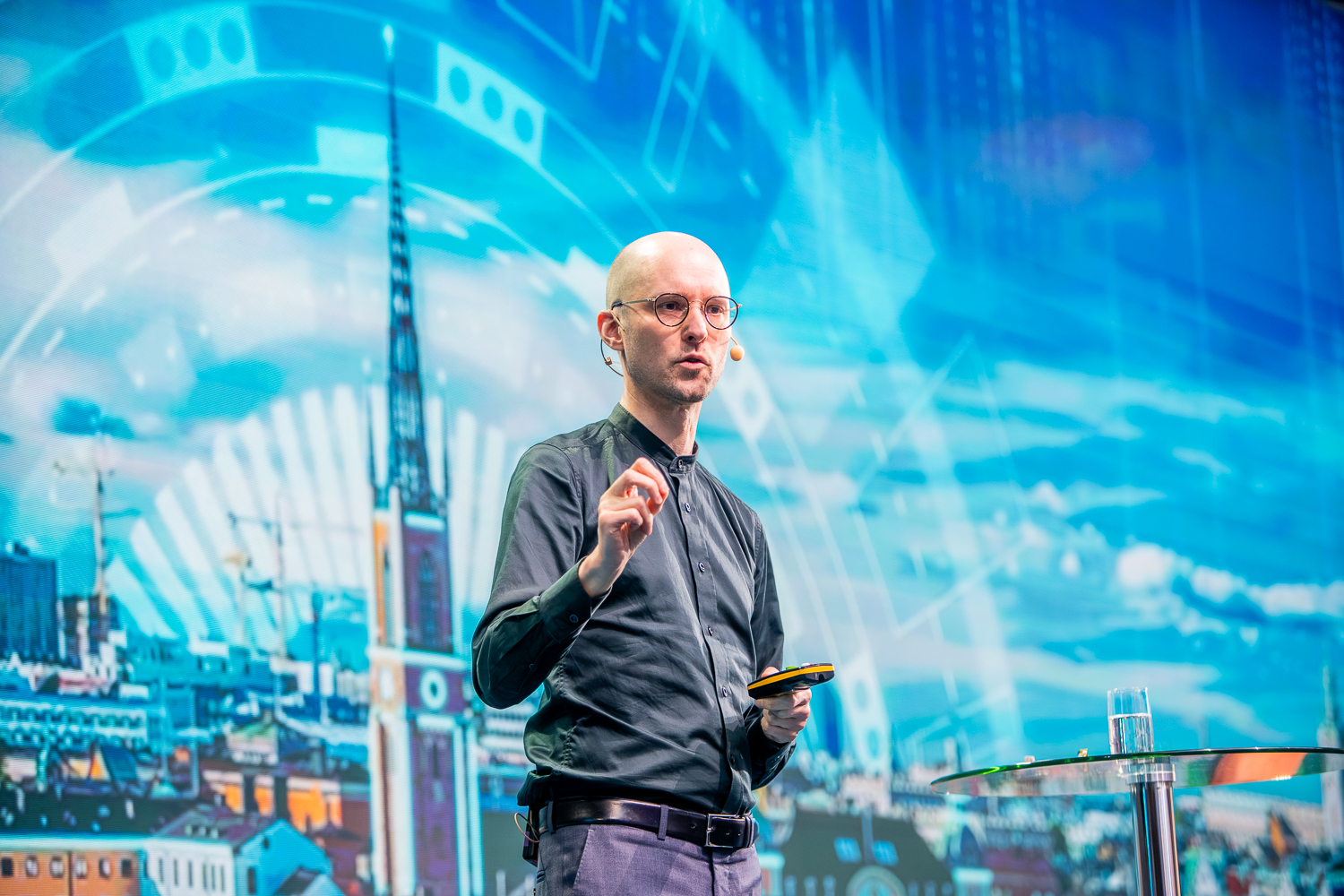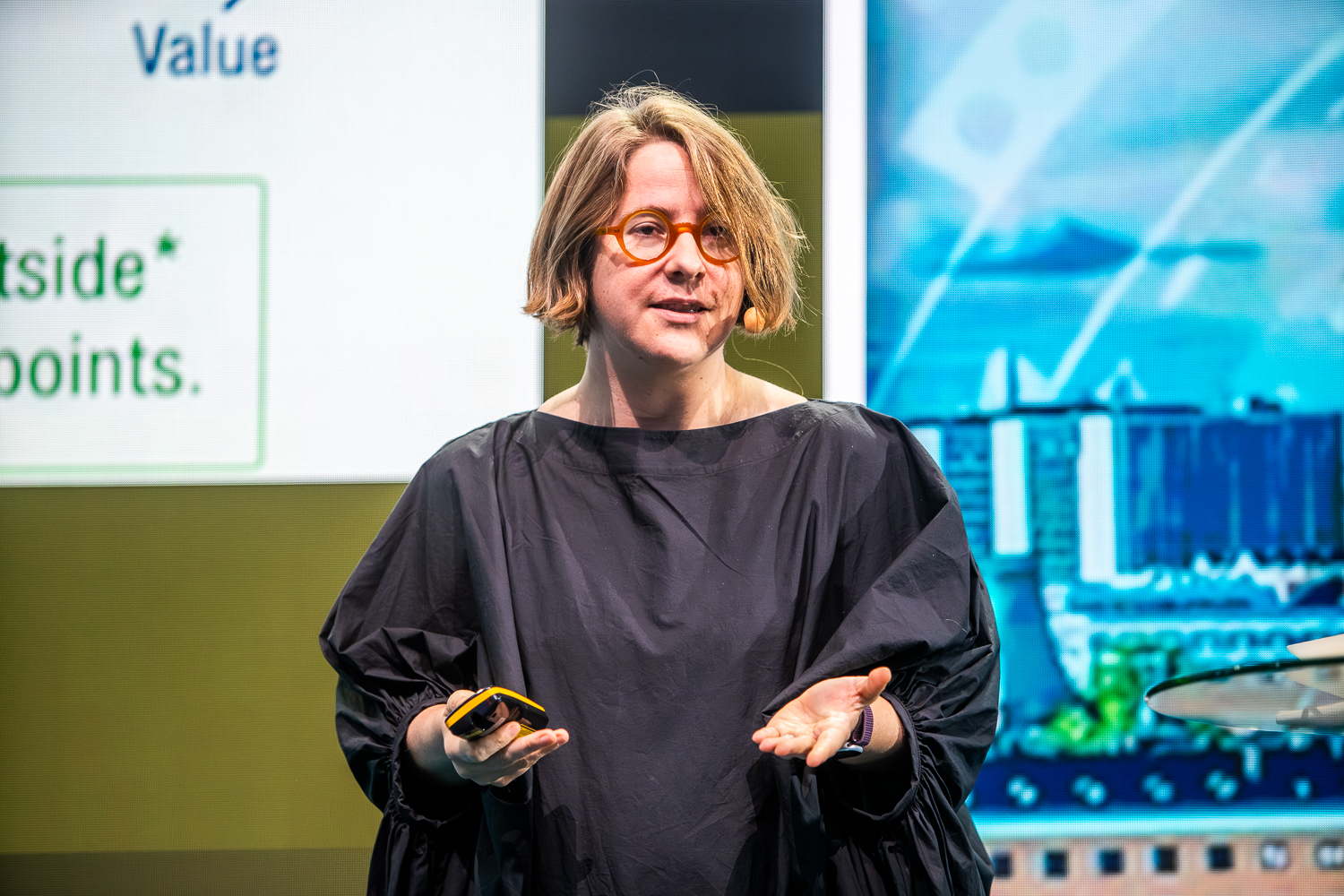How will humans and AI collaborate in the future? As artificial intelligence continues to evolve, our ways of interacting with machines must evolve too. At this year’s Digitalize in Stockholm, Mar Gonzalez-Franco, Research Scientist & Manager at Google XR (Seattle, USA), will explore this transformation in her talk “Towards Human–AI Symbiosis with XR.”

Until now, humans have acted as the primary decision-makers directing machine behavior. But as AI becomes more autonomous, the relationship between humans and machines is shifting toward cooperation. In her presentation, Gonzalez-Franco envisions a future where extended reality (XR) technologies enable more natural, immersive, and interactive connections with AI systems — creating new pathways for communication, intent, and shared intelligence.
For program and registration go to Digitalize in Sthlm website.
About Mar Gonzalez-Franco
Dr. Gonzalez-Franco leads the Blended Intelligence Research and Devices (BIRD) team at Google AR & VR, where she works on developing the next generation of immersive technologies. Her research focuses on blending human and artificial intelligences through multi-device, multi-modal systems powered by machine learning.
Before joining Google, she was a Principal Researcher at Microsoft Research (2016–2022), contributing to innovations like Microsoft Teams avatars, Together mode, Soundscape, HoloLens, and Xbox. Her work on avatars was named one of Time magazine’s Best Inventions of 2022 and reached over 270 million users.
Gonzalez-Franco holds a double major in Computer Science and Multimedia Engineering, a Master’s in Biomedical Engineering, and a Ph.D. in Immersive Virtual Reality and Clinical Psychology. She has authored more than 100 publications, holds over 40 patents, and has received numerous accolades, including the IEEE VGTC Virtual Reality New Significant Researcher Award (2022).
Recognized globally for her pioneering work in immersive interaction, Gonzalez-Franco continues to push the boundaries of how humans and intelligent systems can think, feel, and collaborate.





